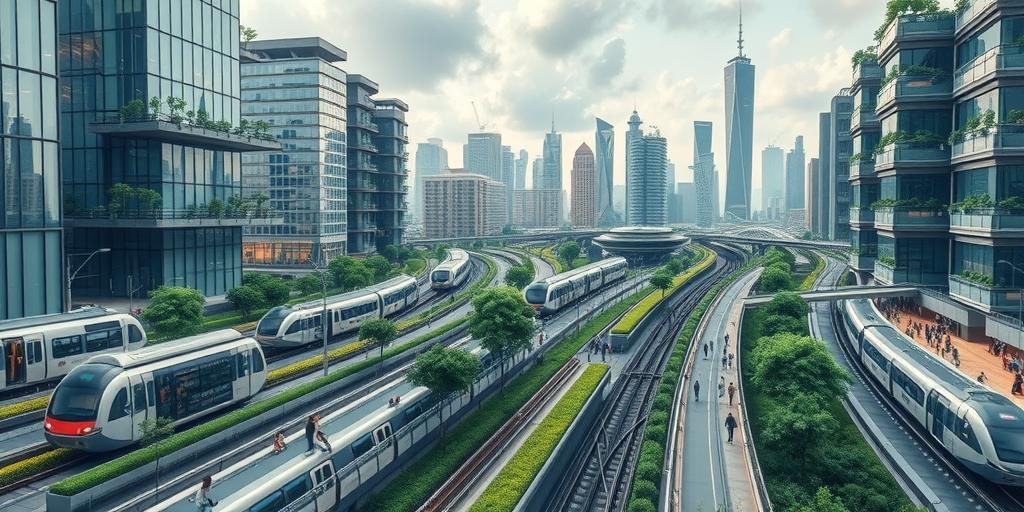The Future of Urban Living: Trends Shaping Our Cities
Urban living is constantly evolving, driven by technological advancements, environmental concerns, and changing societal needs. As we look ahead, several key trends are poised to reshape our cities and how we experience urban life.
1. Smart and Sustainable Infrastructure
Smart cities are no longer a futuristic concept; they are becoming a reality. Integrating technology into urban infrastructure can improve efficiency, reduce waste, and enhance the quality of life for residents. This includes:
- Smart Grids: Optimizing energy distribution and reducing consumption.
- Smart Transportation: Implementing intelligent traffic management systems and promoting the use of electric vehicles.
- Waste Management: Utilizing sensors and data analytics to improve waste collection and recycling processes.
- Green Buildings: Constructing energy-efficient buildings with sustainable materials and green roofs.
2. Rise of the 15-Minute City
The concept of the 15-minute city is gaining traction, emphasizing the importance of having essential amenities and services within a 15-minute walk or bike ride from home. This includes:
- Local Businesses: Supporting neighborhood shops, restaurants, and services.
- Parks and Green Spaces: Creating accessible and well-maintained green areas for recreation and relaxation.
- Public Transportation: Ensuring reliable and convenient public transportation options.
- Community Centers: Providing spaces for social interaction and community activities.
3. Flexible and Shared Living Spaces
As urbanization continues to increase, innovative housing solutions are needed to address affordability and space constraints. This includes:
- Co-living: Shared living arrangements with private bedrooms and communal spaces.
- Micro-apartments: Compact living units designed for single occupants.
- Mixed-Use Developments: Combining residential, commercial, and recreational spaces in a single building or complex.
- Adaptive Reuse: Converting existing buildings into modern living spaces.
4. Focus on Health and Well-being
Urban planning is increasingly focused on promoting the health and well-being of residents. This includes:
- Walkable Neighborhoods: Designing streets and public spaces that encourage walking and cycling.
- Access to Healthcare: Ensuring convenient access to healthcare facilities and services.
- Mental Health Support: Creating spaces and programs that promote mental health and well-being.
- Air Quality Monitoring: Implementing systems to monitor and improve air quality.
5. Data-Driven Urban Planning
Data is playing an increasingly important role in urban planning and decision-making. By collecting and analyzing data on various aspects of city life, planners can make more informed decisions about infrastructure, transportation, and public services. This includes:
- Traffic Flow Analysis: Using sensors and cameras to monitor traffic patterns and optimize traffic flow.
- Public Transportation Usage: Tracking ridership data to improve service and routes.
- Crime Statistics: Analyzing crime data to identify hotspots and allocate resources effectively.
- Environmental Monitoring: Measuring air and water quality to identify and address pollution issues.
Conclusion
The future of urban living is dynamic and multifaceted. By embracing smart technologies, prioritizing sustainability, and focusing on the health and well-being of residents, we can create vibrant and livable cities for generations to come. The trends outlined above offer a glimpse into the exciting possibilities that lie ahead, as we continue to shape the urban landscape to meet the evolving needs of society.









